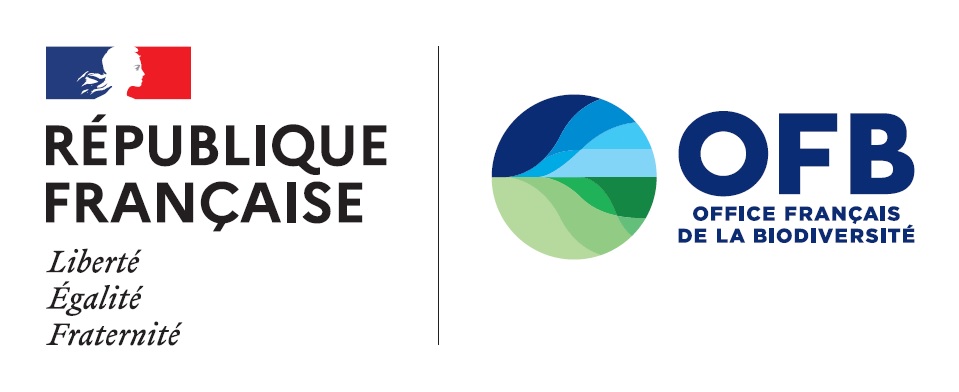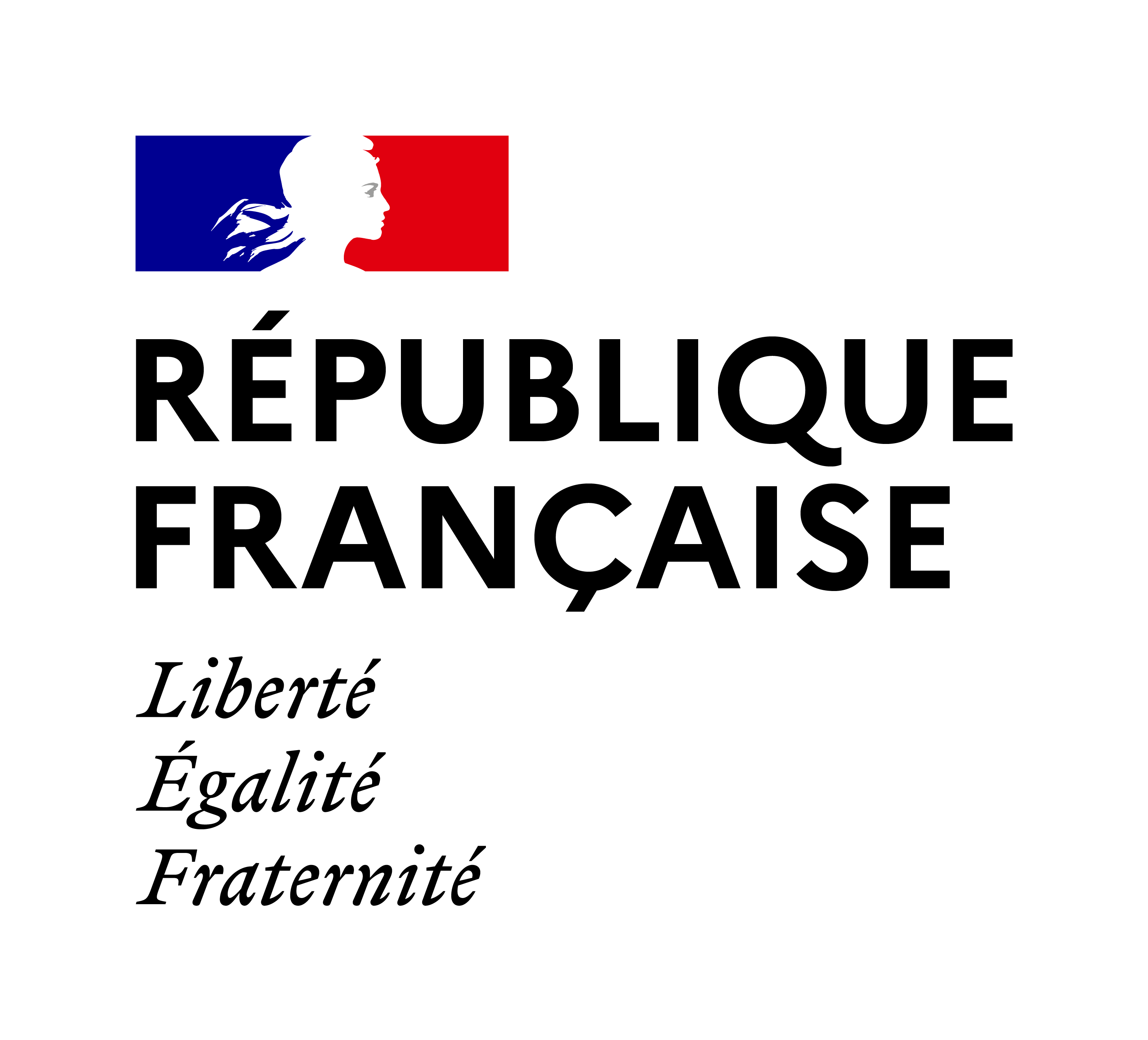Recherche sur le site
Recherche libre
River restoration in France. Changes in definitions and techniques over space and time. Outlook for the future. | Comprendre pour agir |
Restoration is an important issue in managing water and aquatic environments, however the concept itself is still debated. To improve our understanding of this paradigm, investigate its contributions and limits, and look at the potential changes in its application in the field of water and aquatic environments, we reviewed current definitions of restoration as it is now practised in France and abroad.

Ecological damage and ecological torts - How does society deal with and remediate damage to water and aquatic environments? | Comprendre pour agir |
This book is intended for public and private stakeholders involved in applying or affected by environmental regulations in general and water regulations in particular. It describes the current scientific, legal and operational situation as well as the progress already made and that required to fully take into account ecological damages, on the basis of in-depth scientific and technical knowledge combined with current developments in the human and social sciences.

Diffuse pollution and protection of water resources : territorial practices in the European Union | Comprendre pour agir |
Diffuse pollution is currently one of the major pressures on Europe’s water resources. To achieve the objectives of the water framework directive, the European Union member States must address this type of pollution. It is difficult to measure and control, notably due to the multitude of sources involved. An exchange of practices and experience on this issue, between numerous stakeholders from the various basin organisations of European and neighbouring non-European countries was organised in 2015.

Invasive alien species in aquatic environments. Practical information and management insights - Vol. 1 | Comprendre pour agir |
Invasive alien species (IAS) are acknowledged as one of the main causes of biodiversity loss worldwide. The objective of these 2 volumes is to contribute to the debates on how to manage IASs, to provide a general outline on current knowledge (volume 1) and a number of specific examples (volume 2) to assist managers of aquatic environments and policy makers in their respective tasks to better manage these species. The first volume presents the current situation concerning invasive alien species in aquatic environments in continental France.

Contributions of hydro-economic models to water management in France | Comprendre pour agir |
Economic analysis plays an increasingly important role in managing water resources and aquatic environments. Using concrete examples, this document shows how hydro-economic models can assist in dealing with three major problems confronting the managers of water resources.

Contribution of stakeholder perceptions to managing aquatic environments | Comprendre pour agir |
Environmental managers work to promote, conserve and restore environments. However, any efforts toward rational management must be based on previously acquired knowledge on not only a given environment (e.g.what is an aquatic ecosystem and how does it function?), but also on the people and societies living nearby. This is because all environmental work takes place in a given cultural and social context. Management is therefore a question of knowledge and, above all, of the diversity of knowledge. But what is meant by knowledge on the environment?

Evaluer le franchissement des obstacles par les poissons. Principes et méthodes. Informations sur la continuité écologique - ICE | Comprendre pour agir |
Diagnostiquer et quantifier les impacts des ouvrages hydrauliques sur les déplacements des poissons est nécessaire pour évaluer la dégradation de la continuité écologique. Ce document présente les enjeux de la continuité piscicole, le protocole standardisé dénommé ICE, qui a été développé pour réaliser cette évaluation, les principes scientifiques qui ont prévalu à sa construction, ainsi que la procédure détaillée de son application.

Economic analysis for managment of water and aquatic environments | Comprendre pour agir |
This book presents definitions, information and a discussion on the economic-analysis techniques used to manage water and aquatic environments. The goal is to assist in the operational implementation of economic analysis.

The ICE protocol for ecological continuity - Assessing the passage of obstacles by fish. Concepts, design and application | Comprendre pour agir |
Obstacles to flow in rivers constitute a major source of breaks in ecological continuity. Given the vast array of regulatory requirements, notably the Water framework directive, and the many environmental issues involved in restoring the ecological continuity of aquatic environments, Onema decided to create a "tool" to assess and quantify the impacts of hydraulic structures on the free movement of fish.

Structural characteristics of priority abstractions of use in designing protection systems | Comprendre pour agir |
The legal texts stipulate that an action plan must be defined and implemented for priority abstractions with the local stakeholders. In this difficult situation, the local stakeholders are all looking for effective, practical solutions in the field. To assist in this work, a study covering the entire country was carried out to gain information on suitable strategies taking into account specific, local conditions.






